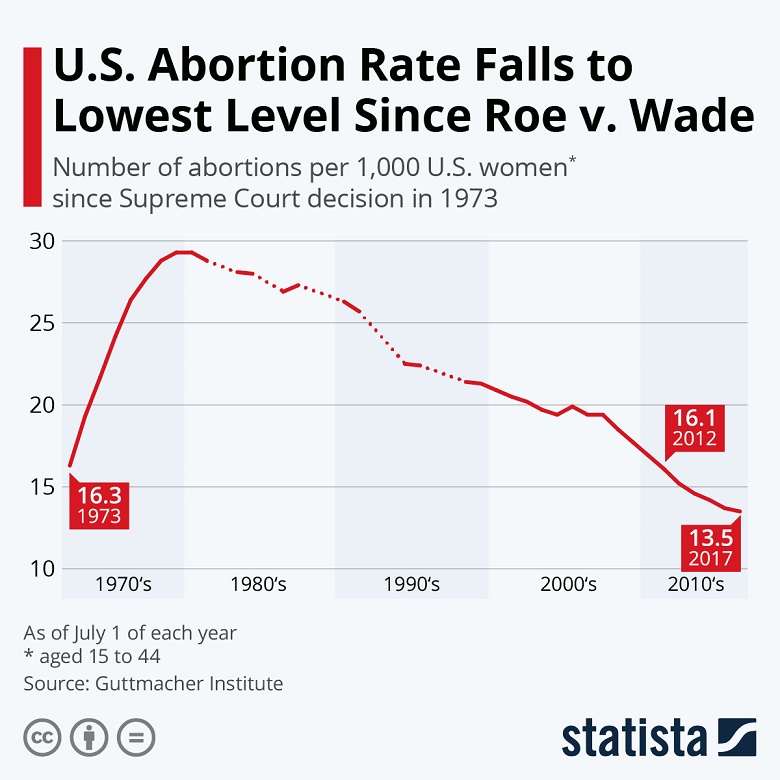
The U.S. Supreme Court’s pending ruling on Roe v. Wade is drawing attention to health plans’ coverage of birth control.
As the Affordable Care Act (ACA) provided increased access to affordable, long-acting contraception, abortion rates dropped, said Louise Norris, an analyst at healthinsurance.org, a website for health care consumers.
Under the ACA, nongrandfathered health plans are required to cover a wide range of women’s preventive services, including contraceptive methods approved by the U.S. Food and Drug Administration (FDA). These include birth control methods such as IUDs (intrauterine devices), implants and tubal ligations “that are highly effective but would have prohibitively high upfront costs if they weren’t covered by insurance,” Norris said.
“That doesn’t mean that every birth control option for women is provided at no cost,” she noted. “Rather, it means that at least one version of every type of contraceptive is covered at no additional cost to the patient.”
Contraception and Abortion Rates
Studies in Michigan and Colorado have shown when young women had increased access to affordable birth control, the abortion rate fell, Norris said.
“The landscape for insurance coverage of women’s health services has changed drastically since implementation of the ACA, and it keeps changing,” she added. “People often don’t realize what is covered by their insurance until they are considering a specific health care service or medication.”
Similarly, USA Today reported on May 5 that experts believe the decades-long decline in abortions has largely been driven by better access to birth control, especially long-term, reversible contraception such as IUDs and contraceptive implants.
After passage of the ACA in March 2010, “birth control went from representing more than 20 percent of all out-of-pocket health care costs down to 3 percent,” Linda Rosenstock, a UCLA Fielding School of Public Health professor of health policy and management, told USA Today.
Sexual behavior researchers at the Guttmacher Institute report that while the abortion rate rose sharply in the years after the Roe ruling, fewer abortions are performed now than in 1973, when Roe was handed down.

Although the decline in abortions began in the 1980s as long-term contraception became safer, prior to the ACA’s enactment, the falloff has continued steadily through 2022.
Exceptions to Contraceptive Coverage
Because the ACA mandates health insurance coverage for birth control, that coverage is more consistent from state to state, Norris said.
There are some exceptions, however. A 2014 U.S. Supreme Court ruling, Burwell v. Hobby Lobby, held that Hobby Lobby and other closely held corporations do not have to provide coverage for FDA-approved contraceptives that Hobby Lobby deemed abortifacients, or able to terminate pregnancy. That includes emergency contraceptives, including Ella and Plan B, and IUDs.
This ruling was expanded by regulation in 2017, granting employers access to religious and moral exemptions to the contraceptive mandate. These exemptions were upheld by the U.S. Supreme Court in 2020.

